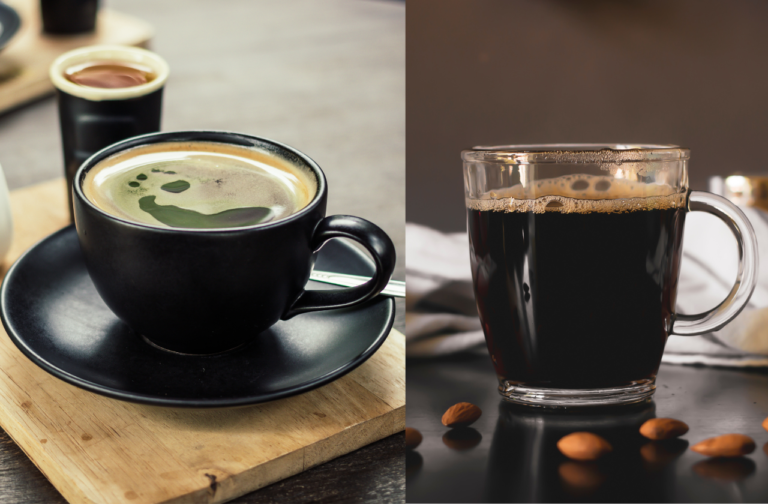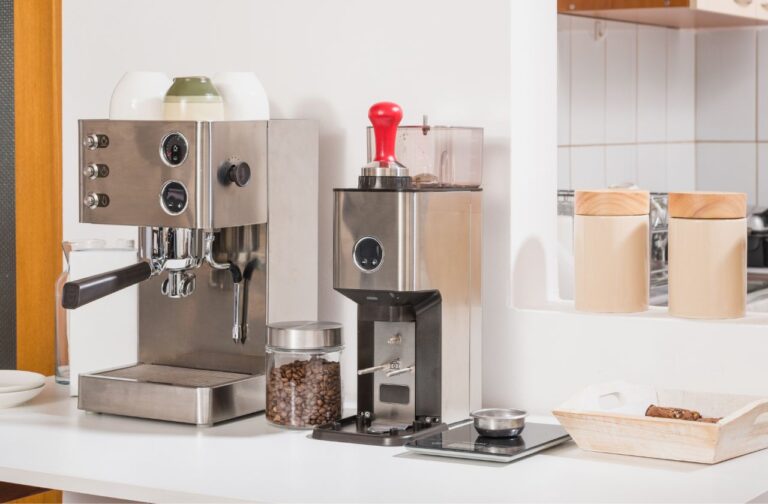Espresso Vs. Ristretto
Coffee culture encompasses the traditions, rituals, and social experience, but the advent of espresso and its subsequent variations, such as ristretto, has deepened the love affair with coffee. These concentrated forms of coffee offer unique flavors and intensities, catering to the discerning palates of coffee enthusiasts.
Ristretto is a shorter version of espresso. Both are brewed with the same method, but ristretto is made with less water, uses finer ground coffee, and has a lower total volume. Ristretto tastes more intense than espresso but can reveal more flavor notes. Espresso tastes less complex.
Espresso and Ristretto are somewhat similar, but they do have key differences. Here we will explore the characteristics, brewing methods, and flavor profiles of espresso and ristretto, aiming to provide a comprehensive understanding of the differences between the two.
Espresso: The King of Coffee
Espresso is a concentrated form of brewed coffee that originated in Italy. It is made by forcing hot, pressurized water through finely-ground coffee, resulting in a rich, flavorful, and highly aromatic beverage.
The name “espresso” is derived from the Italian word meaning “express” or “fast,” reflecting the quick brewing process that characterizes this method.
To brew espresso, specialized equipment is required, namely an espresso machine and a grinder.
The espresso machine uses a pump to generate high pressure (usually around 9 bars) that forces water through the compacted coffee grounds in a short amount of time. The grind size of the coffee is crucial for optimal extraction, typically finer than what is used for other brewing methods.
Espresso has several distinctive characteristics. It is known for its intense flavor, full-bodied texture, and rich crema—a creamy, caramel-colored foam that sits atop the espresso shot.
The flavor profile of espresso is complex, often featuring notes of dark chocolate, caramel, roasted nuts, and even fruitiness or acidity, depending on the coffee beans used and the roast level.
Espresso serves as the foundation for a variety of beloved coffee drinks. These include the latte, where steamed milk is added to shots of espresso, creating a smooth and creamy beverage.
The cappuccino combines equal parts of espresso, steamed milk, and frothed milk, resulting in a balanced and frothy concoction.
Other popular espresso-based drinks include the macchiato, americano, and espresso shot itself, enjoyed by those who appreciate the pure essence of the coffee.
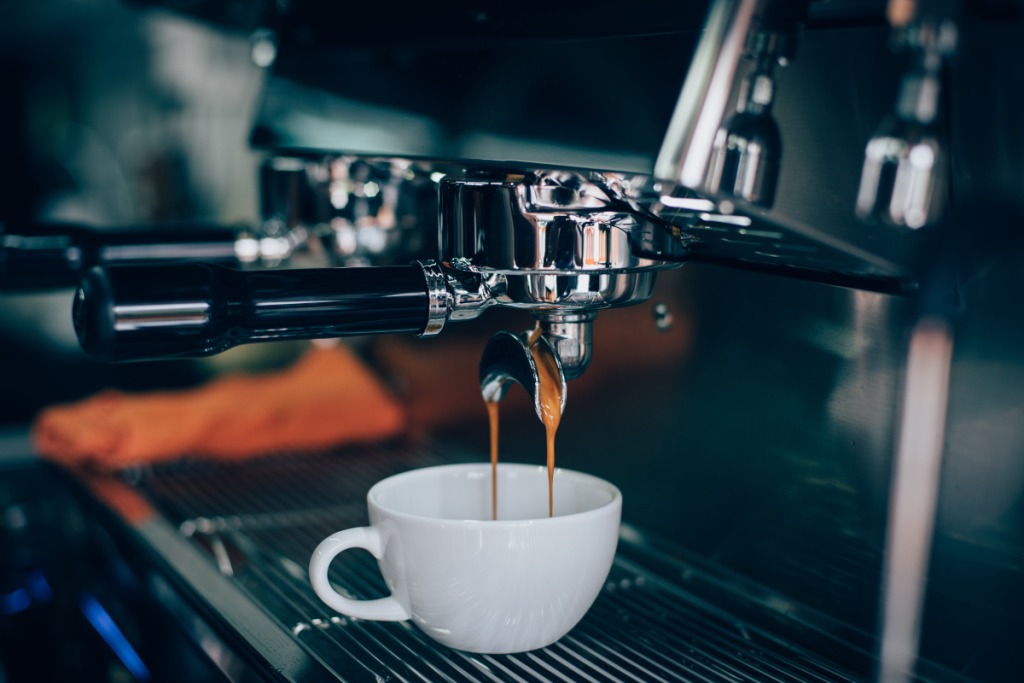
Ristretto: The Essence of Espresso
Ristretto is a variation of espresso that is made using the same brewing process but with a smaller amount of water. The word “ristretto” is Italian for “restricted” or “narrowed,” referring to the limited extraction of flavors during brewing.
The main difference between ristretto and espresso lies in the brewing technique.
While espresso is brewed using a standard amount of water, ristretto uses less water, resulting in a shorter extraction time. This restricted water volume creates a smaller, more concentrated shot of coffee.
Ristretto offers a unique flavor experience. With a shorter extraction time, it tends to have a sweeter and more intense flavor compared to espresso.
The reduced water volume concentrates the coffee’s natural sugars, giving ristretto a bolder and more syrupy mouthfeel. The flavor profile may exhibit a balance of sweetness, acidity, and bitterness, highlighting the nuances of the coffee beans used.
Ristretto is often appreciated by coffee aficionados, who prefer a more concentrated and robust flavor profile. Its shorter extraction time and intensified flavors make it a popular choice for coffee drinkers seeking a quick but powerful coffee experience.
Ristretto shots are often enjoyed on their own or used as a base for specialty drinks like cortado or macchiato, where the coffee’s intense character shines through.
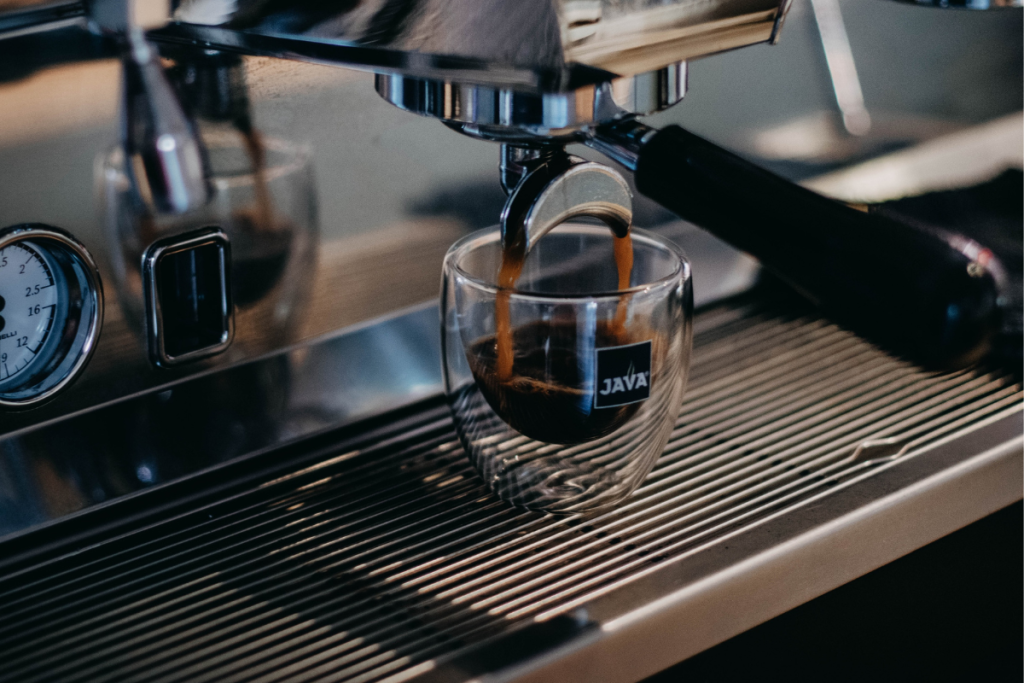
Key Differences Between Espresso and Ristretto
Espresso involves a longer extraction time and a standard amount of water, while ristretto has a shorter extraction time and a reduced water volume.
Espresso has a strong and robust flavor profile, but ristretto takes it a step further with even more concentrated flavors and increased intensity.
Due to the reduced water volume, ristretto contains slightly less caffeine compared to espresso. However, the difference is minimal, as most of the caffeine is extracted early in the brewing process.
Espresso shots are traditionally served in small demitasse cups, while ristretto shots are even smaller, typically half the size of an espresso shot. Serving sizes may vary based on cultural preferences and individual coffee shops.
Should You Order Espresso OR Ristretto?
Deciding which coffee beverage is best for you is based on several factors. Espresso and ristretto are similar in many ways, but the experience of drinking them is completely different.
If you are unsure which drink is best for you, here are some things to consider:
- Personal Taste Preferences – Consider whether you enjoy a bolder and more intense coffee experience or prefer a slightly milder flavor.
- Desired Strength And Caffeine Content – If you prefer a stronger coffee with higher caffeine content, espresso may be the way to go. If you prefer a slightly milder but still concentrated shot, ristretto is worth considering.
- Practicality And Ease Of Preparation – Espresso may require more equipment and skill to prepare, while ristretto can be brewed using the same espresso machine with slight adjustments.
- Food Pairing – Think about the context in which you’ll be enjoying your coffee. Consider whether you want a versatile beverage for pairing with various foods or a concentrated shot for savoring on its own.
By weighing these factors, you can determine whether espresso or ristretto better aligns with your preferences and the coffee experience you seek.
Remember, both options offer unique and delightful flavors that can enhance your appreciation of coffee culture.
Brewing Tips and Techniques
When choosing coffee beans for espresso and ristretto, opt for those with a medium to dark roast. These roasts tend to bring out the rich flavors and caramelized notes that complement the brewing methods. Look for beans labeled specifically for espresso or those known for their bold and intense flavor profiles.
For espresso, a fine grind is essential to ensure proper extraction and the formation of a rich crema. Ristretto also benefits from a fine grind, but some coffee enthusiasts prefer a slightly coarser grind to balance the intensity of the shot. Experiment with different grind sizes to find your preferred flavor profile.
The ideal water temperature for brewing espresso and ristretto is around 195°F to 205°F (90°C to 96°C). Maintaining consistent water temperature is crucial to achieving optimal extraction.
Additionally, espresso machines are designed to generate high pressure (around 9 bars) to force water through the coffee grounds. Ensure that your equipment is properly calibrated to achieve the desired pressure.
Part of the joy of brewing espresso and ristretto lies in experimentation. Explore different coffee-to-water ratios to find the perfect balance of flavors that suits your taste.
Adjust the extraction time by controlling the length of the shot to fine-tune the intensity of the brew. Keep in mind that ristretto shots typically have shorter extraction times compared to espresso shots.
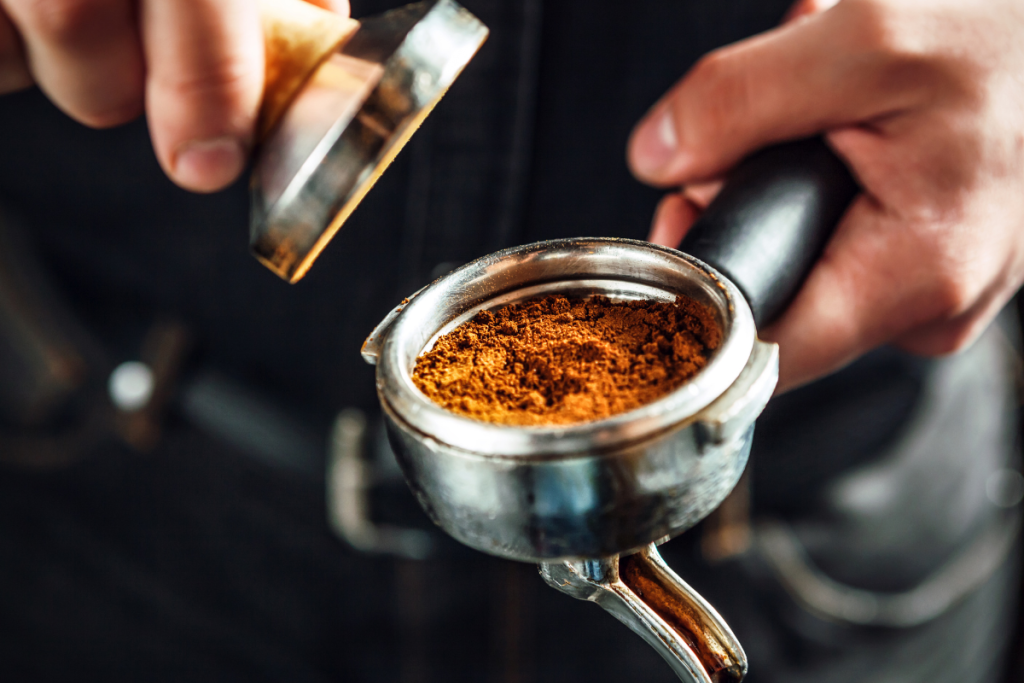
Conclusion
We have explored the differences between espresso and ristretto, from their definitions and brewing processes to their flavor profiles and unique qualities. We discussed the key factors to consider when choosing between the two and provided insights into brewing tips and techniques.
Embrace the world of espresso and ristretto by trying both brewing methods. Each offers a distinct coffee experience that can be enjoyed in different contexts and for various preferences.
The debate between espresso and ristretto will continue, as coffee enthusiasts have their own preferences and interpretations of these brewing methods. Ultimately, it comes down to personal taste, preferences, and the desire to explore the nuances of coffee.



